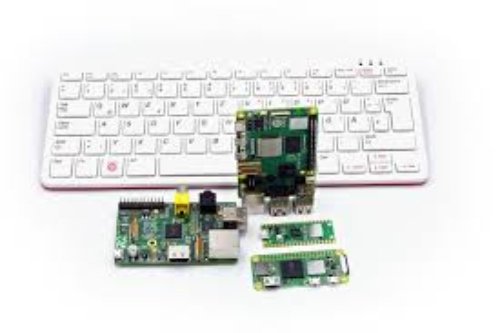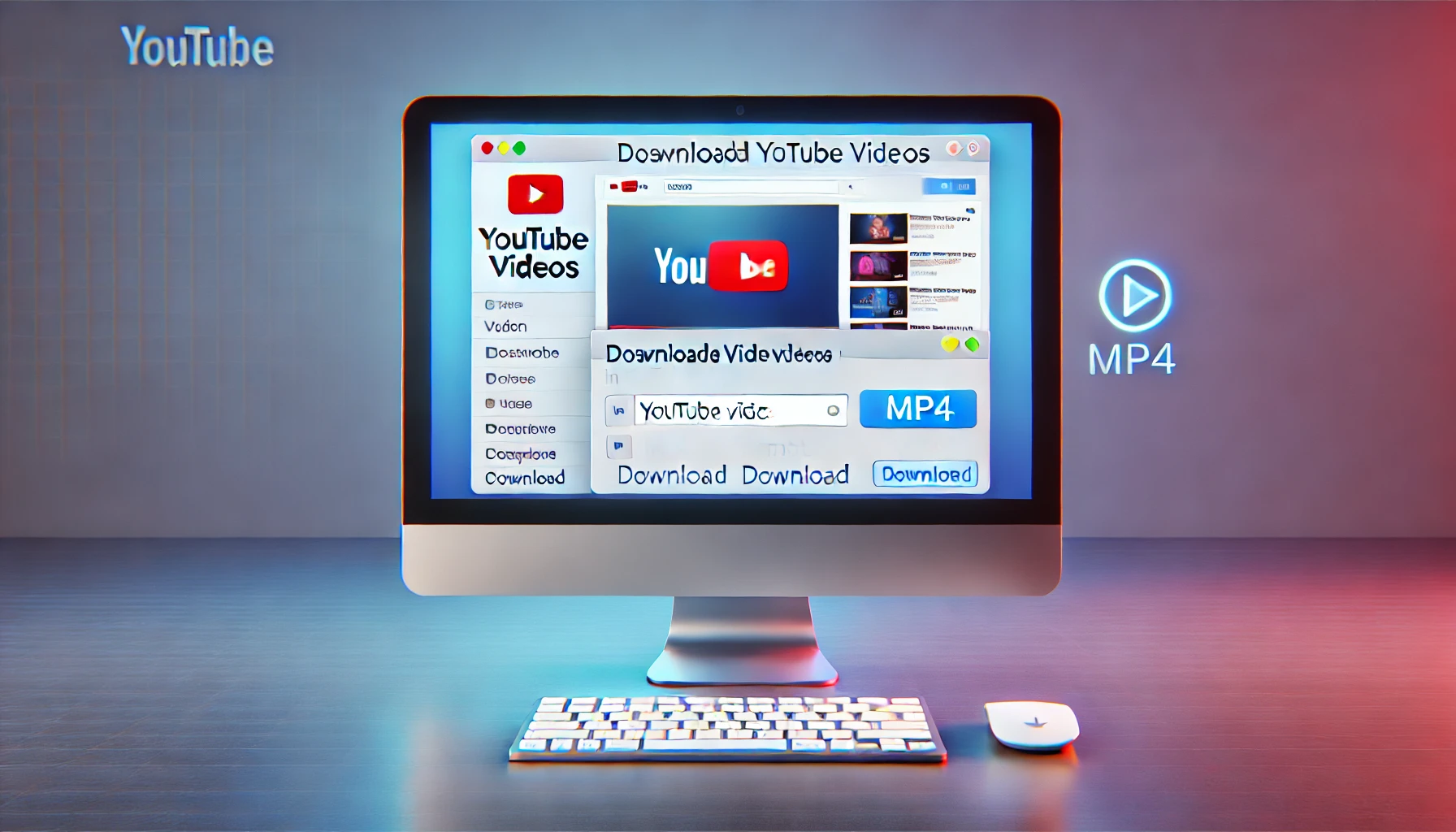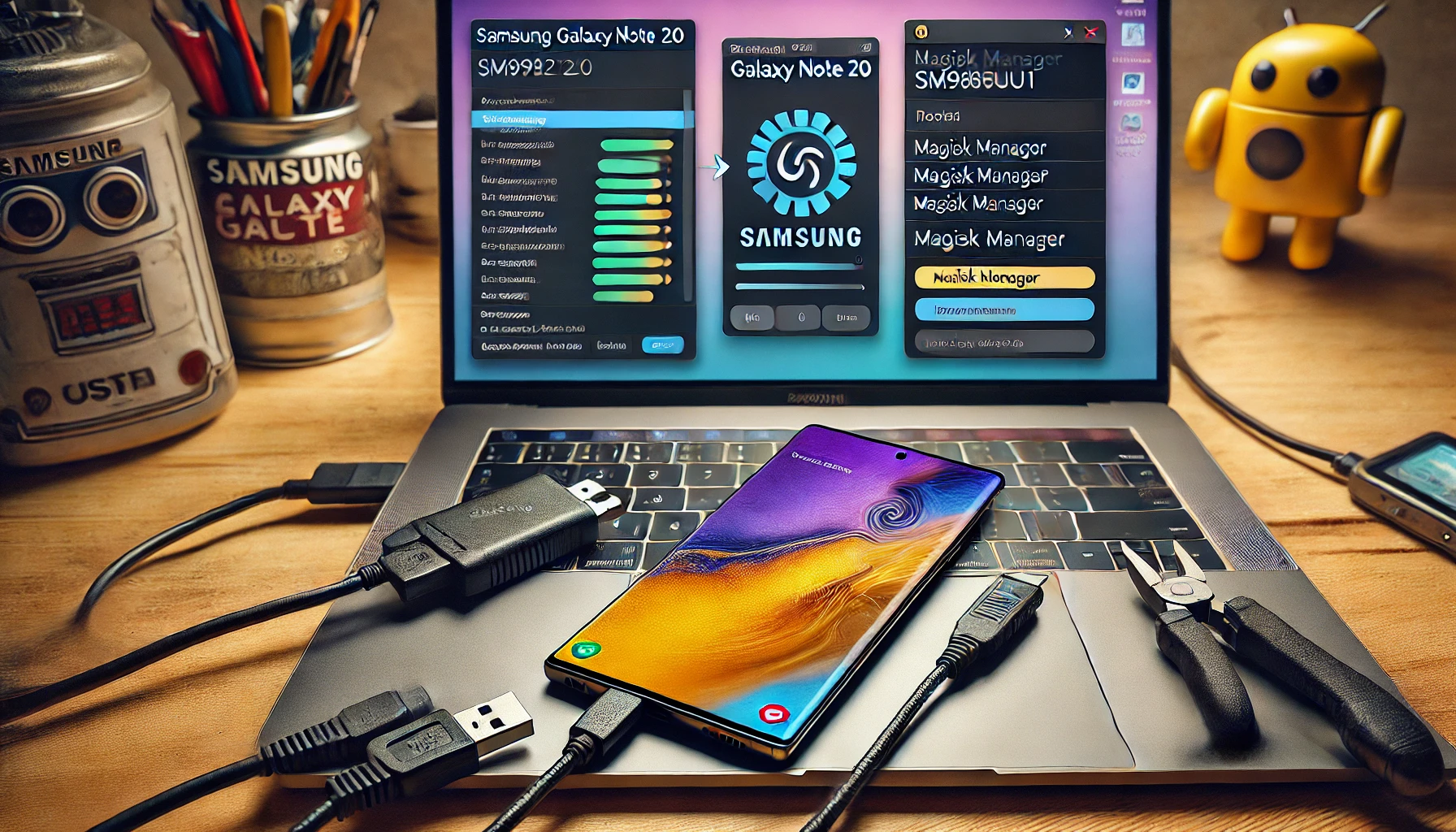Raspberry Pi has long been the go-to choice for tech enthusiasts, educators, and developers seeking an affordable yet powerful computing solution. With the launch of the Raspberry Pi 500, the latest addition to the lineup, many are curious about how it stacks up against its predecessors. This article explores the key advancements in the Raspberry Pi 500, comparing its features, performance, and usability with previous models.
Design and Form Factor
One of the most noticeable changes in the Raspberry Pi 500 is its design. Unlike earlier models that featured a compact, credit card-sized form factor, the Raspberry Pi 500 integrates the computing hardware into a sleek, keyboard-based chassis. This all-in-one design is reminiscent of classic home computers, offering a more convenient and user-friendly experience.
Key design improvements include:
- Integrated Keyboard: Unlike previous models, which required external peripherals, the Raspberry Pi 500 has an embedded keyboard, making it more portable and reducing setup complexity.
- Enhanced Cooling System: Overheating has been a concern in some earlier models, particularly under heavy workloads. The Raspberry Pi 500 incorporates improved thermal management, ensuring better performance during extended use.
- Additional Ports: The latest model features an optimised layout of USB ports, HDMI outputs, and a dedicated power button, enhancing ease of use compared to the traditional board-only design of its predecessors.
Performance and Hardware Upgrades
The Raspberry Pi 500 brings significant hardware upgrades over previous models, improving both speed and efficiency.
1. Processor and RAM
- The Raspberry Pi 500 features a more powerful processor than its predecessors, boosting overall performance for demanding tasks such as media playback, programming, and light gaming.
- It offers improved RAM options, allowing for better multitasking and a smoother user experience compared to earlier versions, such as the Raspberry Pi 4.
2. Storage and Connectivity
- One of the biggest improvements is the inclusion of built-in storage. Earlier Raspberry Pi models required a microSD card for the operating system, which could be slow and unreliable. The Raspberry Pi 500 offers faster onboard storage, reducing boot times and enhancing system stability.
- The latest model also comes with upgraded Wi-Fi and Bluetooth connectivity, ensuring faster and more reliable network connections compared to its predecessors.
Software and Compatibility
The Raspberry Pi 500 maintains full compatibility with existing Raspberry Pi OS and software ecosystems. This ensures that users transitioning from older models can continue using their favourite applications without compatibility issues.
1. Improved Operating System Support
- The device ships with the latest version of Raspberry Pi OS, optimised for the new hardware, offering enhanced performance and better software support.
- It also provides better support for alternative operating systems, making it more versatile for developers and advanced users.
2. Enhanced User Experience
- With its integrated keyboard and improved UI responsiveness, the Raspberry Pi 500 provides a more streamlined experience, particularly for beginners who may have found setting up previous models cumbersome.
Use Cases and Applications
While previous Raspberry Pi models were widely used for DIY projects, home automation, and educational purposes, the Raspberry Pi 500 is positioned as a more complete computing solution.
1. Education and Learning
- Schools and coding academies will find the Raspberry Pi 500 more practical due to its all-in-one design, reducing the need for external accessories and simplifying the learning process.
2. Home Computing and Media Consumption
- The improved hardware makes the Raspberry Pi 500 a viable alternative for basic home computing tasks such as web browsing, document editing, and video streaming.
3. Development and Prototyping
- Developers will benefit from the enhanced processing power and storage, making it a better choice for software development and IoT prototyping.
Conclusion
The Raspberry Pi 500 represents a significant evolution in the Raspberry Pi lineup, offering a more user-friendly, powerful, and versatile experience compared to previous models. With its integrated keyboard, improved performance, and enhanced connectivity, it is well-suited for a wide range of applications. Whether you’re an educator, developer, or hobbyist, the Raspberry Pi 500 brings exciting new possibilities while maintaining the affordability and flexibility that Raspberry Pi is known for.











